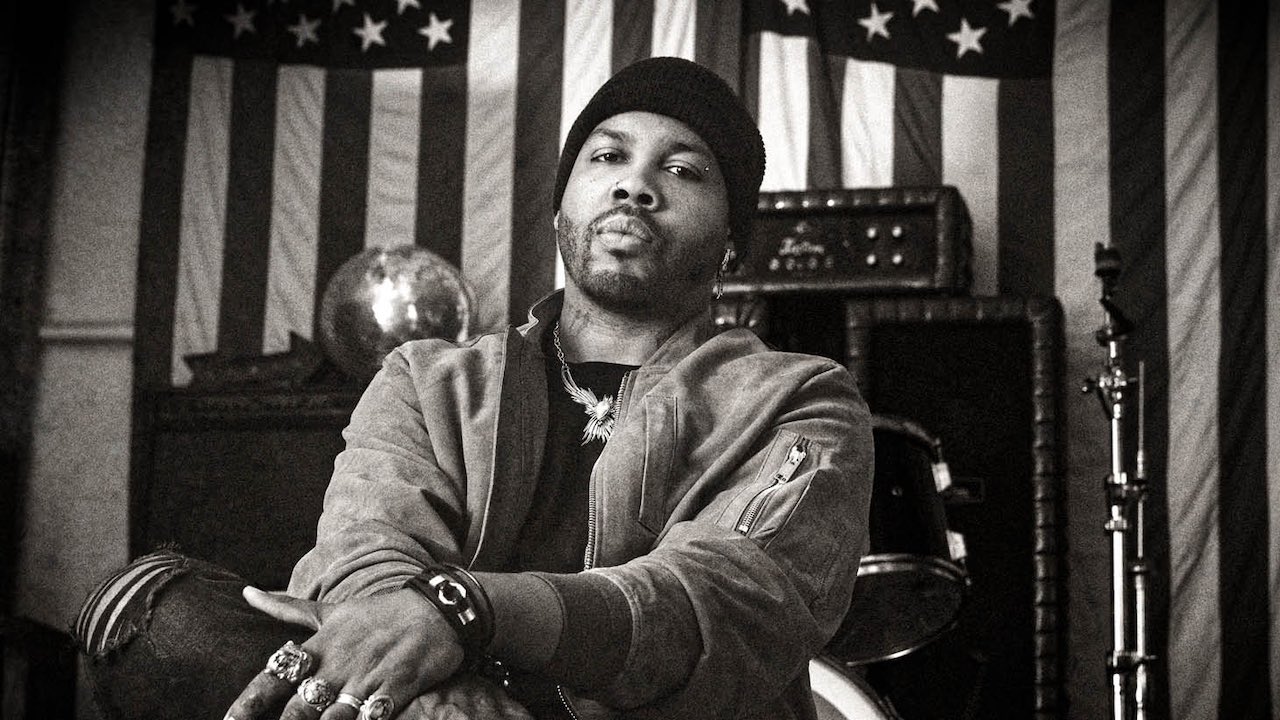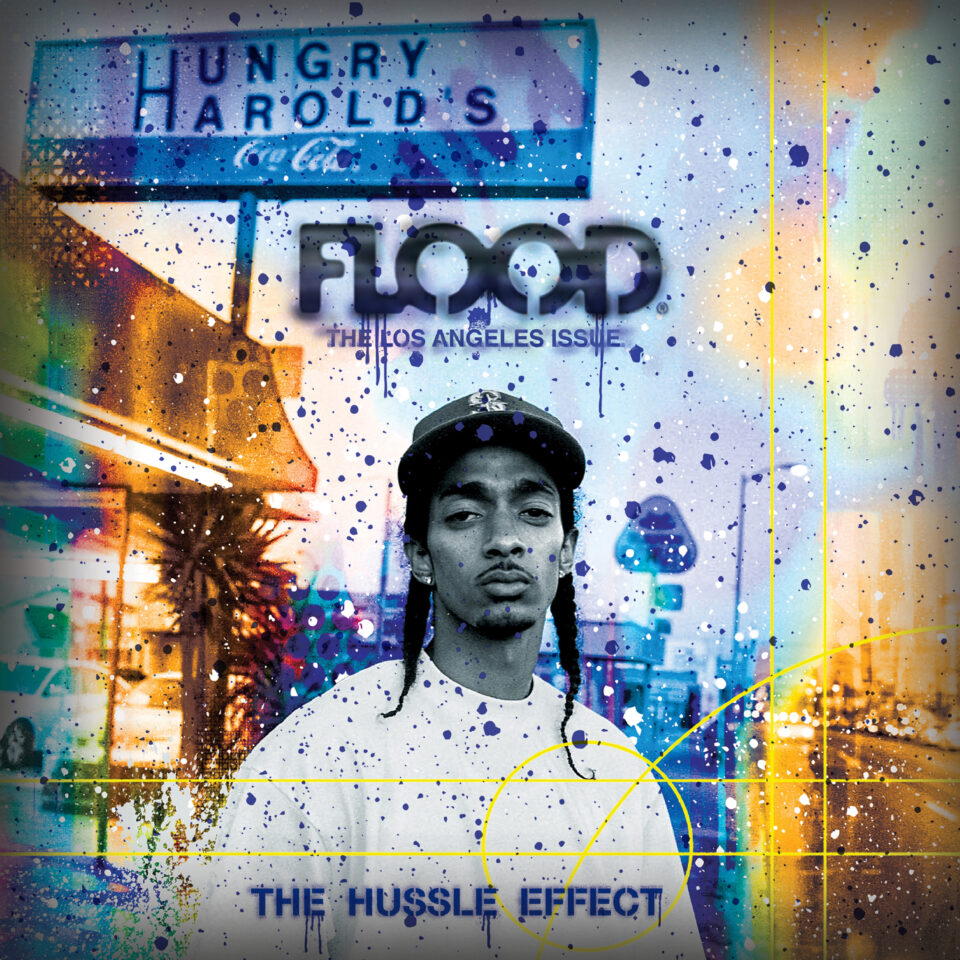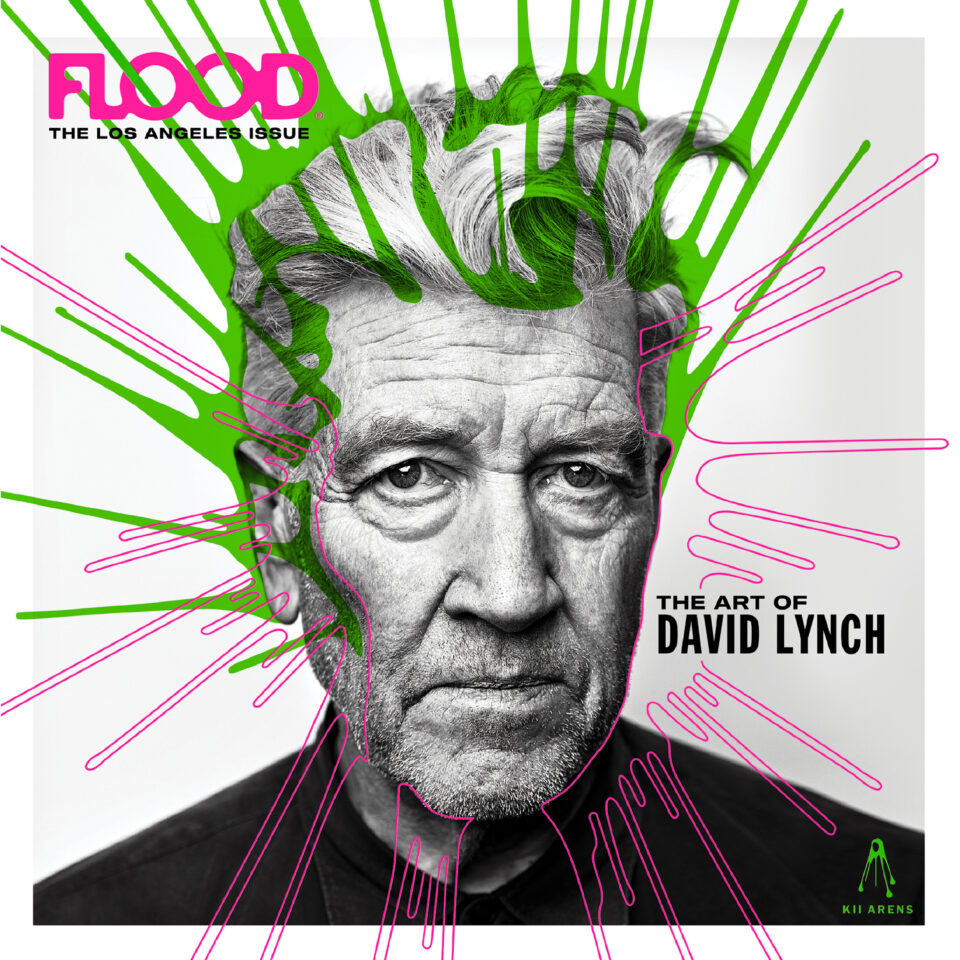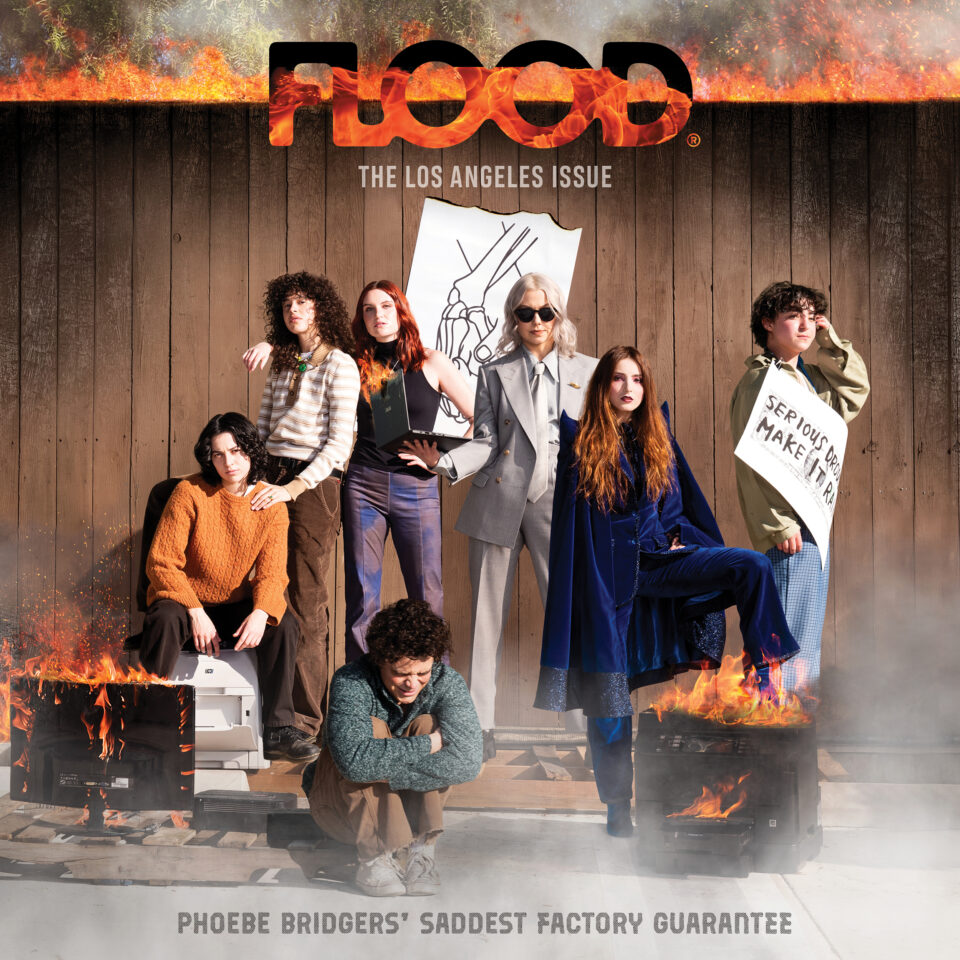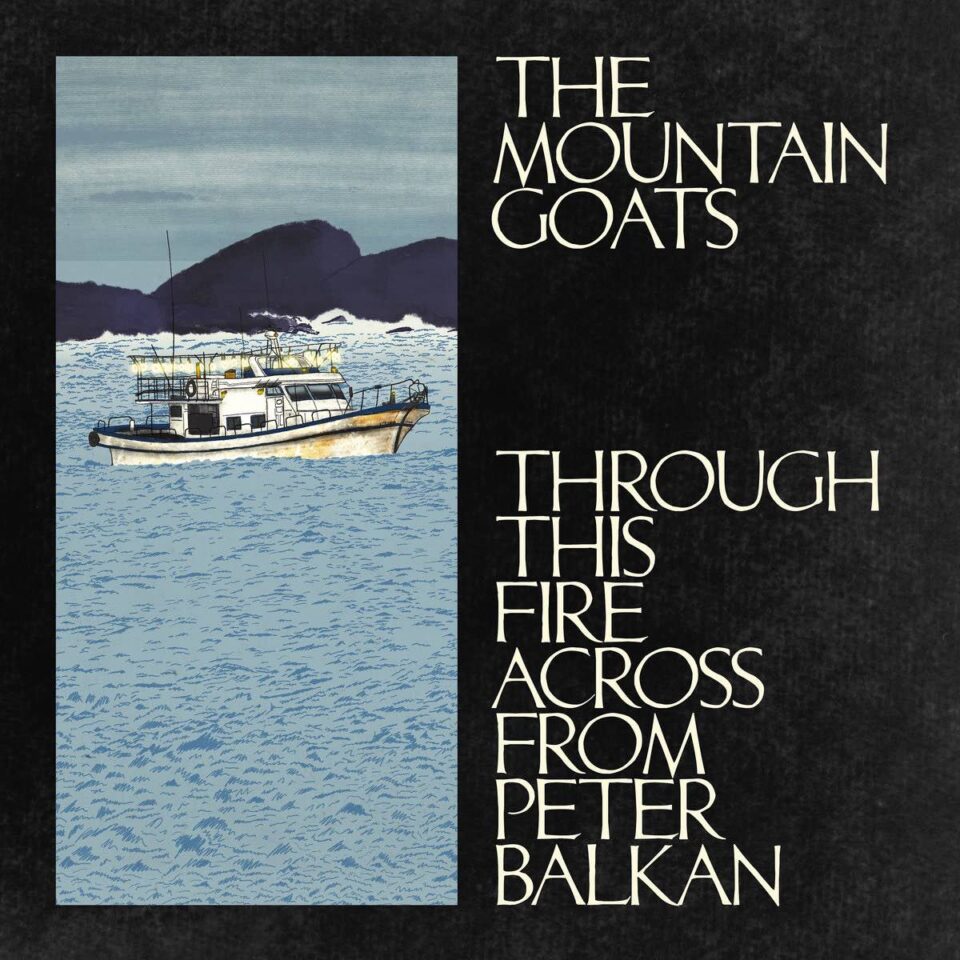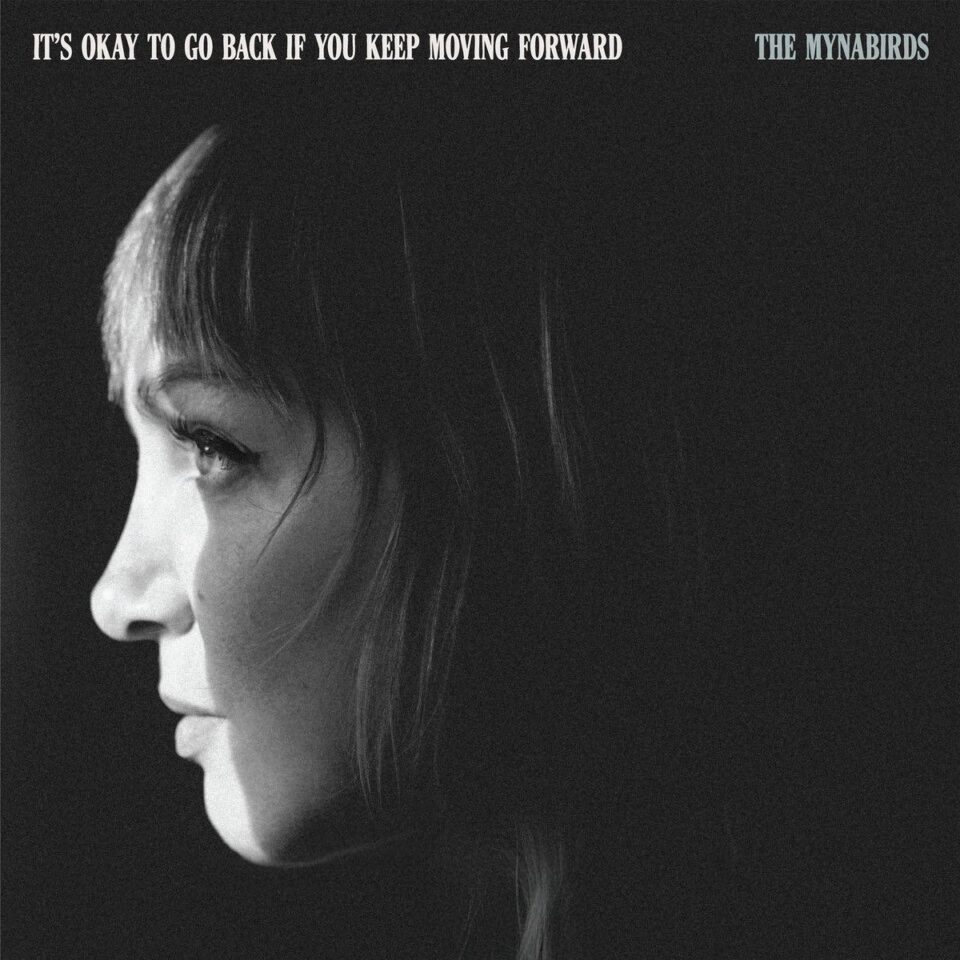When we consider Seattle’s musical influence, it’s safe to assume that we’re all thinking about—say it with me—grunge. The genre was effectively born there, and Kurt Cobain’s spirit continues to dramatically influence youth culture 30 years after his passing. Yet with their new book The Sound of Seattle: 101 Songs That Shaped a City, KEXP DJ Eva Walker and FLOOD’s own Jacob Uitti aim to set that scene within a much broader context—one that begins with the recording of Bing Crosby’s “White Christmas” 80 years ago and continues up to the present moment with whatever sub-sub-subgenre of far-left-field experimental hip-hop you’d classify Shabazz Palaces under.
Ahead of its release tomorrow via Sasquatch Books, we’re getting an exclusive excerpt from the book that highlights the city’s present moment, with musician Ayron Jones noting how his personal connection to Seattle native Sir Mix-a-Lot was just as influential as the city’s alt-rock history (as well as the looming presence of Jimi Hendrix before it) on his grunge-guitar sound. “For me, what ‘the Seattle sound’ means is this raw form of rock music,” he shares in the passage below. “Roots rock with a touch of a dark cloud of depression over the top.”
From this brief excerpt alone, it becomes clear how much broader “the Seattle sound” is than just Pearl Jam and Sub Pop. Find more from Jones below, and pre-order The Sounds of Seattle here before its release tomorrow.
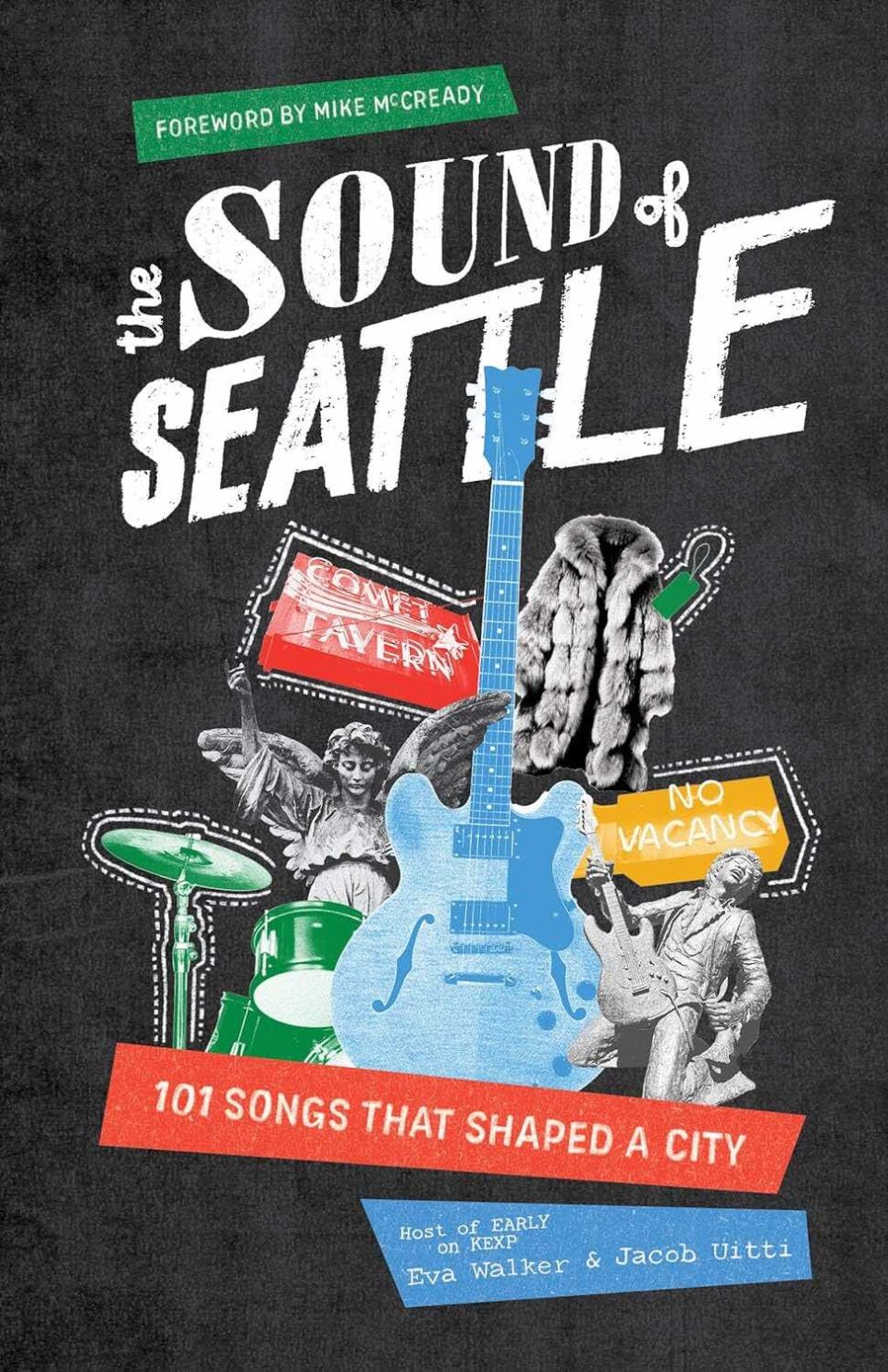
“Navigating the 2020s with Ayron Jones”
For Seattle-born chart-topping rocker Ayron Jones, Seattle offers its artists an essential thing: a proving ground for future success. Some musicians in town, Jones says, can earn a viable living playing gigs and working within the city’s scene. Others, sharpened by Seattle and all it has to offer, can go even further, performing and touring on national and international levels (as he has). There’s an ecosystem of venues and enough infrastructure that an artist can earn attention in Seattle, grow and spread their wings. That’s just what Jones did. As a guitar player coming up in the city in the 2000s and 2010s, Jones played hundreds of shows before he got his big break—the chance to work with Seattle legend Sir Mix-a-Lot.
“Mix brought me into Seattle music circles,” he says. Previously, Jones had been playing open mics, cafés, and lounges, along with some club stages. But before Sir Mix-a-Lot reached out and eventually produced Jones’s debut independent record, Dream, he didn’t know how much the city truly had to offer. “For me,” says Jones, “it hit me that I was a part of something. I wasn’t just some musician coming out of nowhere, I was part of a lineage of music.”
If you’re a Black lead guitar player like Jones growing up in Seattle, you’re going to hear about Jimi Hendrix. You see the murals and the statue, hear the stories. But until you think about the fact you’re walking down the same streets he did, the truth might not sink in: Seattle is a place where legends are born. Similarly, getting discovered by Mix in 2012 opened a new world to Jones. He met other local stalwarts like Mike McCready and Duff McKagan. Barrett Martin was a big influence, helping Jones to produce his second album, Audio Paint Job, which led to him finding management and his first major label contract. He has since topped the Billboard Mainstream Rock Airplay chart twice with his thrilling, powerful songs “Mercy” and “Blood in the Water.”
“For me,” Jones says, “what ‘the Seattle sound’ means is this raw form of rock music. Roots rock with a touch of a dark cloud of depression over the top.”
Makes sense. As a kid, Jones grew up in tough circumstances. His parents abandoned him as a young person, and he was raised by extended family members. Music, for which he long showed an aptitude, was his “escape,” he says. It was also his way of rising above his station. Music allowed him to express himself, connect to an audience, and strut his stuff. And it was a way out. Music offered Jones a chance for more in the world during a time when he didn’t have nearly as much as he needed.
“A lot of Black cats deal with this,” says Jones. “Whether you want to be an athlete or a comedian or what have you, you want to be something more than you’ve been cast. For me, that was music.”
In the 2010s, as Jones was beginning to make a name for himself locally, playing more shows than likely anyone else in town, he felt a sense that anything was possible. Today, though, it feels somewhat different in Seattle, he says. The COVID-19 pandemic at the turn of the decade affected much of the city’s day-to-day infrastructure. People are now often inclined to stay home, and several venues have shut down, whereas in the 2010s, post-grunge, it felt like possibility was everywhere. The city, Jones says, was vibrant.
“A lot of bands came out of that era [the 2010s],” he says. “It’s cool to see the impact that we made now, the echoes of it today.”
Around that time, before his rise to rock stardom, the six-string shredder was listening to artists like Nirvana, Hendrix, and Soundgarden, trying to deconstruct their albums in his head as he prepared to cut his first with Mix. Considering all this—the venues, the artist lineage, the proximity to the tools for recording—it would seem that Jones is correct: Seattle is an abundant proving ground with all the necessary equipment and elements to foster a career. In every neighborhood, there are places to showcase your sound. The city is a living, breathing master class for the aspiring artist, with teachers like Mix, Ben Gibbard, Nancy Wilson, and McCready generously offering their insight and advice. “The community,” says Jones, “really supports itself here.”

